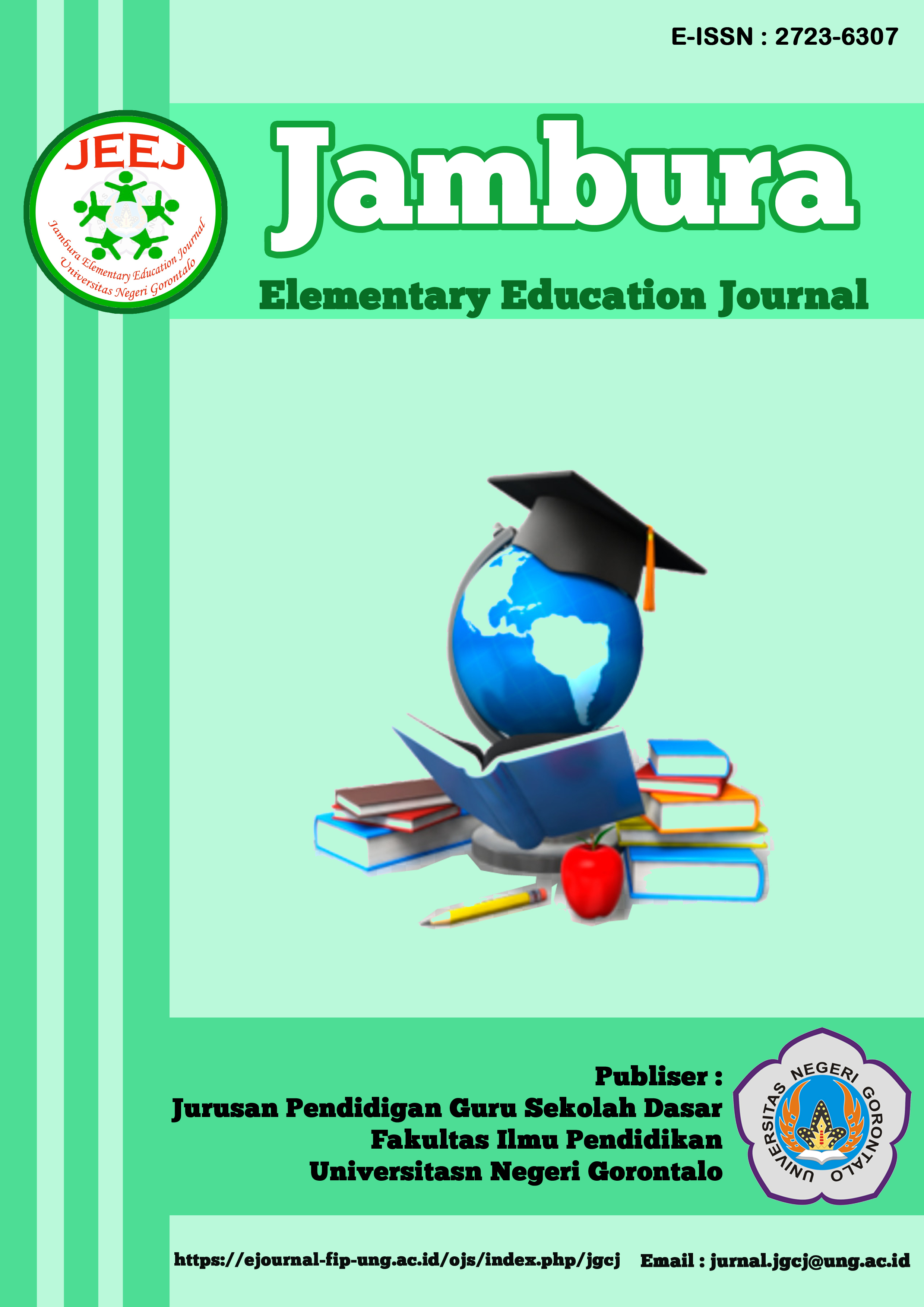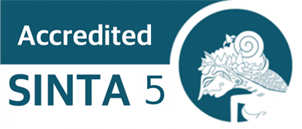PENGGUNAAN MODEL MAKE A MATCH DENGAN MEDIA MAGIC BALL UNTUK MENINGKATKAN HASIL BELAJAR SISWA KELAS V SD
Abstract
Mathematics is a field that underlies technological progress and is very important in various disciplines because it helps improve human thinking power by using real objects. The purpose of the study was to change the learning pattern to be more interesting by learning using Make A Match with Magic Ball media. The provision of learning models is expected to improve student learning outcomes. During the observation, the researcher saw findings when students studied with their class teacher, the findings were that the teacher still used lecture learning, lacked initiative in using effective learning models and the teaching aids were also very minimal, in class students paid less attention to the teacher, students often said that mathematics was difficult, confusing because learning in class was centered on the teacher only, the researcher decided to use the Make A Match model with Magic Ball media as the solution. This study was conducted using the classroom action research method with the subjects being grade V elementary school students. The average value of 68.8 and completeness of 48% indicated that learning outcomes had not reached completeness. Student learning outcomes in cycle I reached an average of 73.5 and completeness of 68%, cycle II reached an average of 87.6 and completeness of 80%. In each learning cycle there is an increase, the second cycle is better thanks to the implementation of the Make A Match learning model with Magic Ball media. This model allows students to do better activities by finding partners while learning about ideas or topics in a fun
References
Avisca, K. C. W., Mawardi, M., & Astuti, S. 2018. Peningkatan Critical ThinkingDan Collaborative Skill Matematika Melalui Model Group Investigation Berbantuan Magic Ball. Naturalistic: Jurnal Kajian Penelitian Pendidikan Dan Pembelajaran.2 (2). 129 -138
Fuad, Z. (2018). Penggunaan Metode Make A Match Untuk Meningkatkan Hasil Belajar Siswa Pada Mata Pelajaran Tematik. Awwaliyah: Jurnal Pendidikan Guru Madrasah Ibtidaiyah, 1(1), 46-59.
Juliani, A., Mustadi, A., & Lisnawati, I. (2021). “Make A Match Model” for Improving the Understanding of Concepts and Student Learning Results. Indonesian Journal on Learning and Advanced Education (IJOLAE), 3(1), 48-56.
Khairunnisa, Salma Ari. 2022. Penerapan Model Pembelajaran Treffinger Untuk Meningkatkan Kemampuan Berfikir Tingkat Tinggi (HOTS) Pada Pembelajaran Matematika di Sekolah Dasar. Prosiding Konferensi Ilmiah Dasar. 3 (1). 1166-1180.
Maulidta, H., & Sukartiningsih, W. (2018). Pengembangan media pembelajaran interaktif berbasis adobe flash untuk pembelajaran menulis teks eksposisi siswa kelas III Sekolah Dasar (Doctoral dissertation, State University of Surabaya).
Mawardi, M., Wardani, N. S., Hardini, A. T. A., & Kristin, F. (2019). Model desain pembelajaran tematik terpadu kontekstual untuk meningkatkan kebermaknaan belajar siswa SD. Scholaria: Jurnal Pendidikan dan Kebudayaan, 9(1), 48-61.
Mini, Siti Jumrotul dkk. 2020. Penerapan Model Pembelajaran Make A Match Terhadap Hasil Belajar. Ibtidai : Jurnal Kependidikan Dasar.7(1).73-88.
Suprapta, Dewa Nyoman. 2020. Penggunakan Model Pembelajaran Make a Match Sebagai Upaya Meningkatkan Hasil Belajar Bahasa Inggris Peserta didik. Journal Of Education Action Research, 4(2).240 246.
Suyadi. 2017. Upaya Meningkatkan Prestasi Belajar Sejarah Melalui StrategiCooperative Learning Teknik Jigsaw Peserta didik Kelas XI IPS SMA Negeri1 Tawangsari Semester 1 Tahun Pelajaran 2017/2018.Jurnal Edunomika.1(2). 67-70.
Tarigan, Daitin. 2016. Meningkatkan Aktivitas Belajar Peserta didik dengan Menggunakan Model Make A Match Pada Mata Pelajaran Matematika di Kelas V SDN 060687 Sawit Seberang. Jurnal Kreano. 5 (1).56-62.
Copyright (c) 2025 Asri Putri Anugraini, Rina Wijayanti

This work is licensed under a Creative Commons Attribution-NonCommercial-ShareAlike 4.0 International License.







